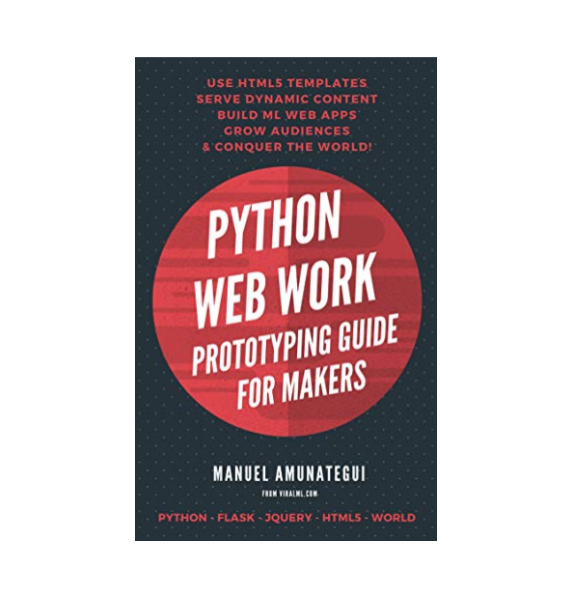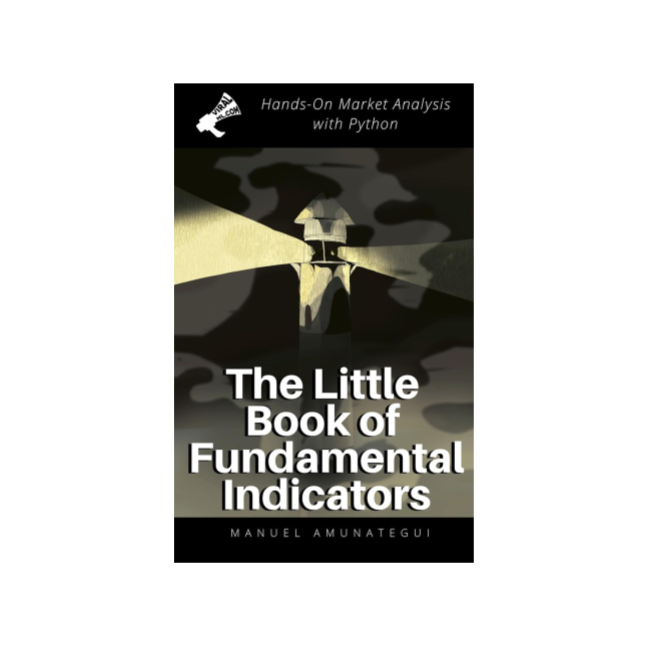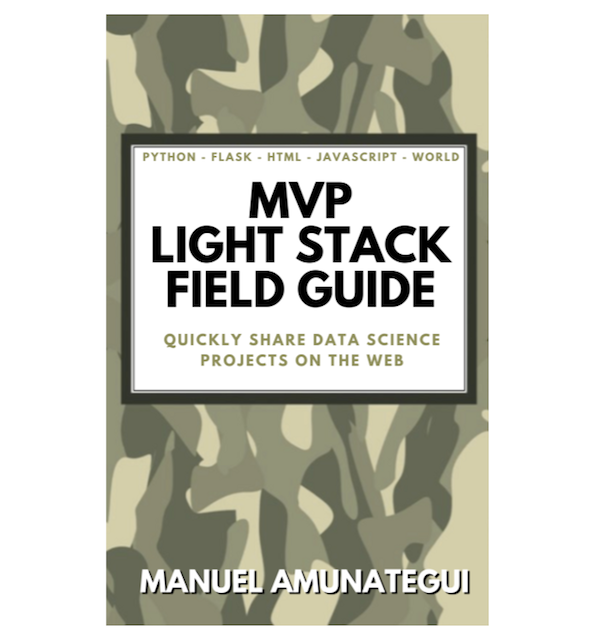
Carve your Titles out of Pure Data Science Gold
Combining Creativity and Science to Reach the Heart of the Global Reader

If titles were metal, we’d obviously want ours to be gold. Gold is perfect. It always glows, never fails to captivate and we can’t seem to get enough. Drop some on the ground, anywhere around the world, and we’ll fight over it. If only we could write titles as powerful and cherished as gold, we’d be smothered to death by our readers.
Could we ask for more? Sure, how about an objective way of measuring how our titles stack up against the best of the best. By translating titles into quantitative units, we can compare them objectively to the gold standard of titles — the top Amazon best sellers and the most clapped articles on Medium.
Data Science to the Rescue
Even though the focus here is on the findings and not the process, it is good to spend a little time on it for context. Machine learning models only understand numbers. In order to measure titles using data science, we, therefore, have to translate them into numbers. Two popular approaches are term frequencies and word vectors, and they create a numerical map of each word within the context of the other words.
I went with word vectors and translated millions of titles from Medium and Amazon Best Sellers into word-vector representations. I then measured the distance between each consecutive word for each title. Low and behold, once you plot those distances, a pattern emerges, they all form a smile.
Analyze your Own Title
If you want to jump to the interactive free tool I built around this study, go ahead. Score your own titles at http://viralml.com/tools and select “Analyze your Own Title”.

The Smiling Title Skew
When you average the distances between words of successful titles and plot them, you will notice that the good ones, smile. I am using 8-word titles here as it is a common word count for high-ranked Amazon books.
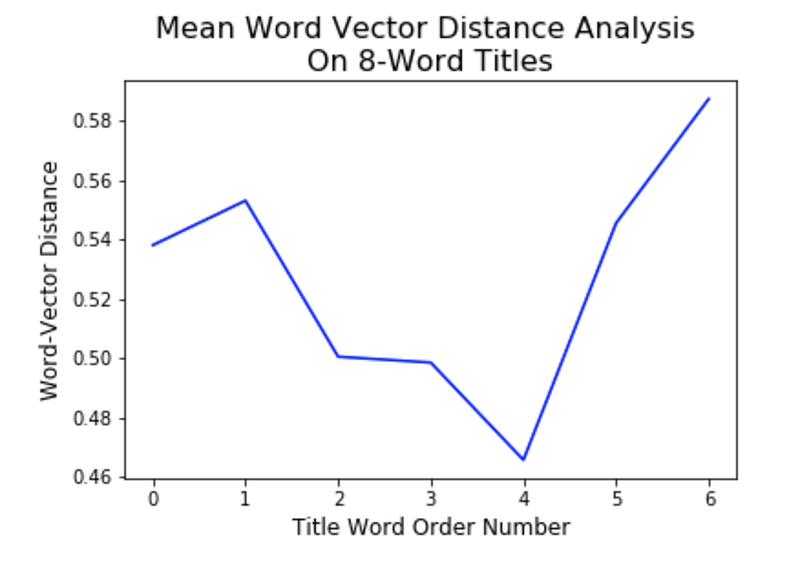
We all know that a title is critical to quickly convey a book’s content and convince a reader to engage further. A successful title has a particular rhythm. If we analyze enough top-ranked books and articles, we notice the following pattern, they start with distant words and end with distant words but are tied together by closer ones.
Putting it another way, a good title starts and ends with the least synonymous words while the middle is more synonymous.
And putting it in an even simpler way, a good title conveys two pieces of information — not one, not three. This must be the ideal way of packing the maximum information for our short attention spans. Anything less and we don’t understand what is going on and we move on, anything more, and we get overwhelmed and also move on.
Let’s look at an example, a popular children’s book “Happy Hippo, Angry Duck: A Book of Moods”.
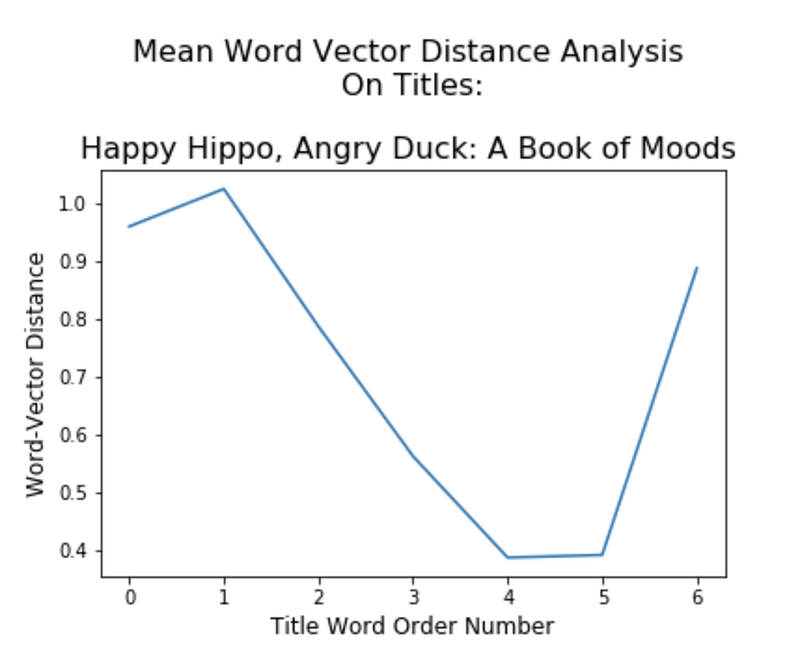
A bigger word distance means the words far from each other in meaning, closer, they are more synonymous. In the chart, we clearly see “Happy Hippo, Angry Duck” and “Moods” as far, and it is glued by “A Book of”.
Tip #1: A good title contains two pieces of information tied together in the middle.
Popular Title Starters
After analyzing 1.4 Million Medium Stories and 4 Million Amazon Best Selling Titles, we can get the frequency of popular word groupings. The most popular, seen in over 40,000 titles, is the starting pair “How to”. If you just have room for only one tip today, there it is, make your title start with “How to” and you’ll be hitting a universal desire, that yearning we all have to better ourselves…
Tip #2: the most popular title starter is the pair “How to”
Not writing a “how to” article? Is it more of a “What is” or a “How I” article? No worries, those are next in the most popular sets of starting words. Here are the top-30 starting pairs:
- How to
- What is
- How I
- Why I
- Why you
- This is
- Are you
- What I
- The best
- Why we
- How do
- Do you
- The future
- Building a
- I am
- The power
- How we
- If you
- What are
- 5 ways
- How the
- Meet the
- The most
- Why do
- Why the
- The art
- 5 things
- Want to
- What to
And the top-30 starting triples:
- How to make
- How to get
- How to create
- How to build
- Why you should
- The power of
- How to use
- How to be
- The future of
- What I learned
- The art of
- The importance of
- What is the
- 5 ways to
- How do you
- Getting started with
- How to write
- An open letter
- How to become
- How to find
- How to buy
- What to do
- What is a
- How to start
- A letter to
- 3 ways to
- This is how
- An introduction to
- This week in
Yup, those are the words that resonated most with readers. It’s clear that we have a yearning to learn new things.
Anyhoo
There you have two valuable quantitatively-backed tips that took forever to dig out. You can also use the free tool to get much more data about your title at http://viralml.com/tools



